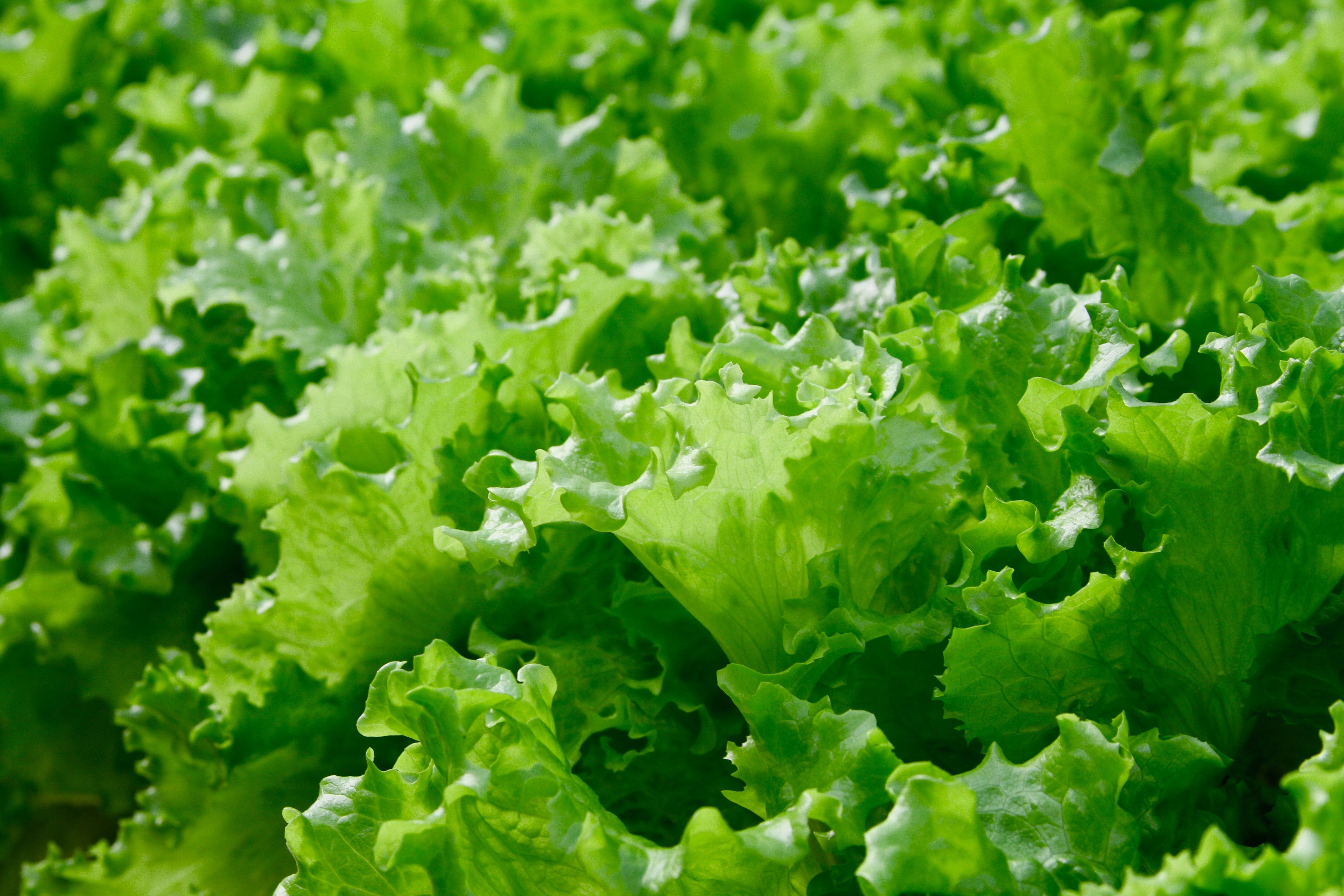UHPLC–MRM-MS Analyzes Haloacetic Acids in Fresh-Cut Lettuce and Process Water
Among the chlorinated byproducts of water disinfection within the fresh-cut industry, haloacetic acids (HAAs) are known to pose a consumer health risk if they remain present in the treated product.
For the first time, an ultrahigh-pressure liquid chromatography–multiple reaction monitoring mass spectrometry (UHPLC–MRM-MS) method has been used to detect and quantify nine haloacetic acids (HAAs, or collectively HAA9) in samples of fresh-cut lettuce and associated process water (1). Authors Sofía Albolafio, Alicia Marín, and María I. Gil at the University of Murcia–Espinardo Campus in Spain, attempted to demonstrate the feasibility of their approach for broader use in quality control and regulatory practices for the fresh fruit and vegetable industry.
Fresh lettuce leaves, close up | Image Credit: © Daniel - stock.adobe.com

Their work, published in the Journal of Chromatography A, was intended to build upon previously successful deployment of UHPLC–MRM-MS for analysis of drinking water (1). Multiple reaction monitoring (MRM) is a label-free, tandem mass spectrometry (MS/MS) technique used with either triple quadrupole or hybrid quadrupole-orbital trap MS instrumentation that provides very sensitive and specific quantification of a target analyte, commonly proteins or peptides. In this experiment, European Commission (EC) guidelines were followed with regard to the selection of at least two MRM transitions for each HAA—by the time of the transition to the third quadrupole of the MS, only product ions with a predetermined mass-to-charge ratio (m/z) will be detected.
HAAs are a category of disinfection byproducts (DBPs) that are defined as carboxylic acids in which halogen atoms replace as many as three hydrogen atoms of acetic acid (CH3COOH) (1). In a practical sense, they are created through the use of chlorine by the fresh-cut industry as a process water disinfectant that aims to prevent cross-contamination. If bromide ions are present, that may result in the generation of brominated HAAs. Both brominated and chlorinated HAAs are among those which have been classified by the International Agency for Research on Cancer (IARC) as potentially carcinogenic in humans. Chronic exposure to HAAs through drinking water has been associated with increased risks of adverse health effects, including a higher likelihood of cancer and potential reproductive and developmental issues, making their presence a concern in water quality and public health. Yet chlorine continues to be used in these applications, the authors say, because of its low cost.
While this study offered no concluding suggestions for alternatives to chlorine usage in mass-market fruit and vegetable preparation, the researchers said they achieved their objective of selectively and specifically quantifying the nine HAAs they targeted for analysis in the lettuce—which was freeze-dried with liquid nitrogen and then extracted with acidified water—and process water. Quantification limits ranged from 1 to 5 µg/L, or µg/kg (1). Recoveries of 80% to 116%, precision of <22%, and uncertainty of <55% were all judged to be satisfactory. Only one HAA, monobromoacetic acid, was reported lost in the samples after storage at –20 ºC for 7 days. This new method was therefore deemed an improvement over previous ones including gas chromatography–electron capture detector analysis (GC-ECD) or GC–MS.
Reference
(1) Albolafio, S.; Marín, A.; Gil, M. I. Optimization of an Ultrahigh-Pressure Liquid Chromatography–Tandem Multiple Reaction Monitoring Mass Spectrometry Method for Monitoring Haloacetic Acids as Chlorinated Disinfection By-Products in the Fresh-Cut Industry. J. Chromatogr. A 2023, 1711, 464449. DOI: 10.1016/j.chroma.2023.464449
Advances in Non-Targeted Analysis for PFAS in Environmental Matrices
March 27th 2025David Megson from Manchester Metropolitan University in Manchester, UK, spoke to LCGC International about the latest developments in non-targeted analysis (NTA) of per- and polyfluoroalkyl substances (PFAS) in environmental matrices based on a recent systematic review paper he has collaboratively published (1).
Study Explores Thin-Film Extraction of Biogenic Amines via HPLC-MS/MS
March 27th 2025Scientists from Tabriz University and the University of Tabriz explored cellulose acetate-UiO-66-COOH as an affordable coating sorbent for thin film extraction of biogenic amines from cheese and alcohol-free beverages using HPLC-MS/MS.








